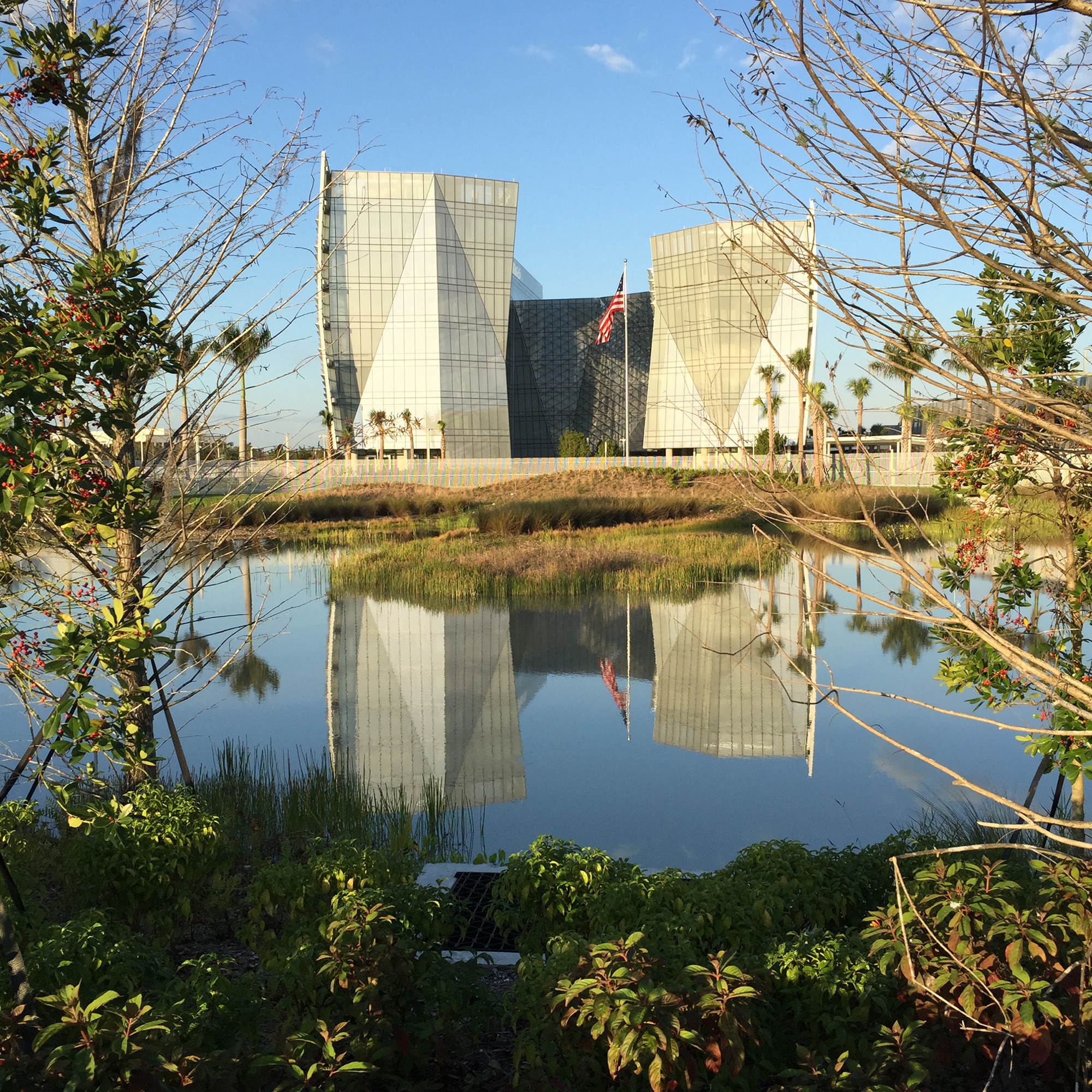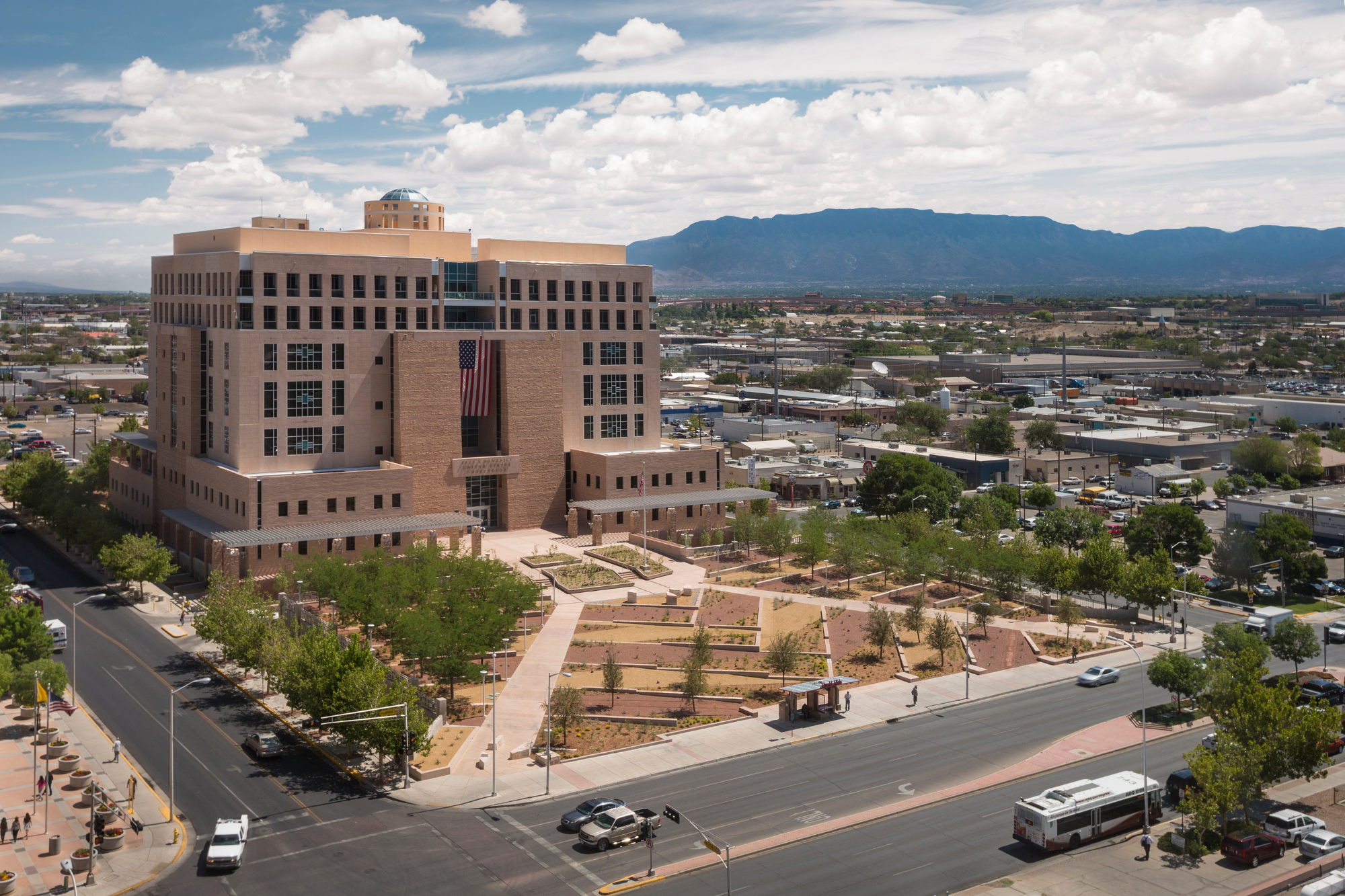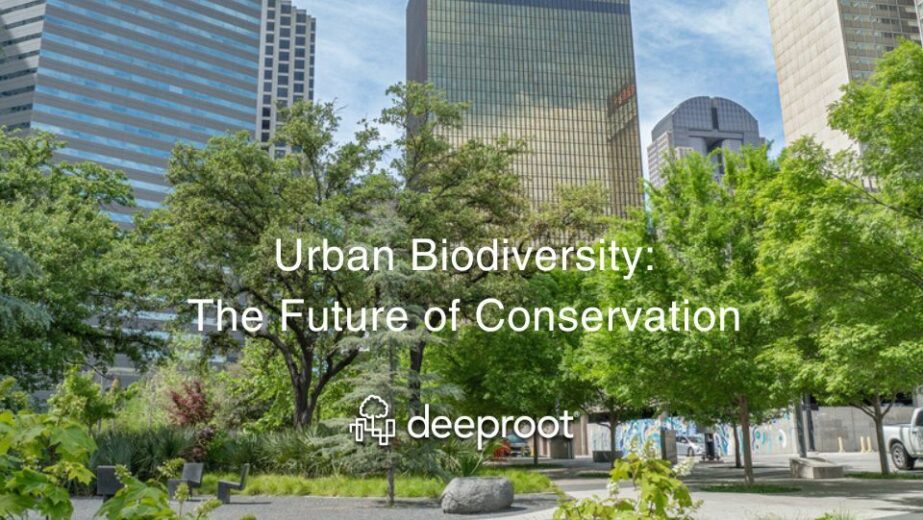SITES is an ecosystem services framework for built landscapes. A decision-making hierarchy of conservation, restoration and generation underlies much of the SITES credits, emphasizing the need to conserve resources and protect healthy functioning systems, restore what has been degraded, and create a functioning ecosystem in order to generate new ecosystem services where none exist. This thinking spans the rating system from its approach to soil conservation and restoration to the use and selection of materials.
In June 2014, the SITES v2 Rating System: For Sustainable Land Design and Development was released, which incorporated all the research and feedback received from our earlier pilot program (link to first blog) and public comment periods. The SITES v2 Rating System provides a comprehensive road map for defining and enhancing sustainability in site development and measuring its performance. These are the goals we used as a basis for defining the credit point system.
- Create regenerative systems and foster resiliency
- Ensure future resource supply and mitigate climate change
- Transform the market through design, development, and maintenance practices
- Enhance human well-being and strengthen community
SITES was originally modeled after the LEED rating system, and in June 2015, Green Business Certification Inc. (GBCI), the same organization that certifies LEED projects, acquired the SITES program and opened registration for SITES v2 certification. Current projects pursuing SITES v2 certification span the globe from Hong Kong to Vancouver to numerous projects scattered across the United States. They include waterfront developments, corporate headquarters, academic institutions, and city parks.
A SITES credential (SITES AP), also administered by GBCI, is now available for professionals to distinguish themselves from their peers as competent in the principles and practices outlined in the SITES v2 Reference Guide. The new SITES AP credential will establish a common framework to define the profession of sustainable land design and construction; will provide landscape professionals with the opportunity to demonstrate their knowledge, expertise, and commitment to the profession; and will help scale and educate the market on SITES. GBCI began offering testing for the SITES AP this month.

The Federal Office Building, in Miramar, FL, is a SITES certified GSA pilot project. Credit: krueck +sexton architects
The need for the SITES Rating System was made even more evident in early 2016 when the U.S. General Services Administration, whose mission is to deliver the best value in real estate, acquisition, and technology services to government and the American people, made the decision to adopt SITES as the standard for all new capital construction projects.
The agency’s Public Buildings Service is one of the largest and most diversified public real estate organizations in the world. Its portfolio consists of 376.9 million rentable square feet in 8,721 active assets across the United States, in all 50 states, 6 U.S. territories, and the District of Columbia. Two GSA projects, a courthouse in New Mexico and a federal office building in Florida, have already achieved certification under the SITES pilot program.
While in some respects the SITES v2 Rating System is new to the public, it is a tested alternative to conventional practice. It is also considered a living product that will evolve over time as research and experience generate more knowledge. Feedback and continued applications in the field are critically important to building upon, and improving SITES so it remains relevant, accessible, informative, and ensures the development of beautiful, functional, and resilient sites. To learn more and to get involved, please visit www.sustainablesites.org or email [email protected].
Danielle Pieranunzi is the director of the Sustainable SITES Initiative.
Top image: The Pete V. Domenici U.S. Courthouse, Albuquerque, NM is a SITES certified GSA pilot project. Deriving patterns from regional and site history, the high-performing landscape embeds the Federal Courthouse within its local context. Credit: Robert Reck






Leave Your Comment